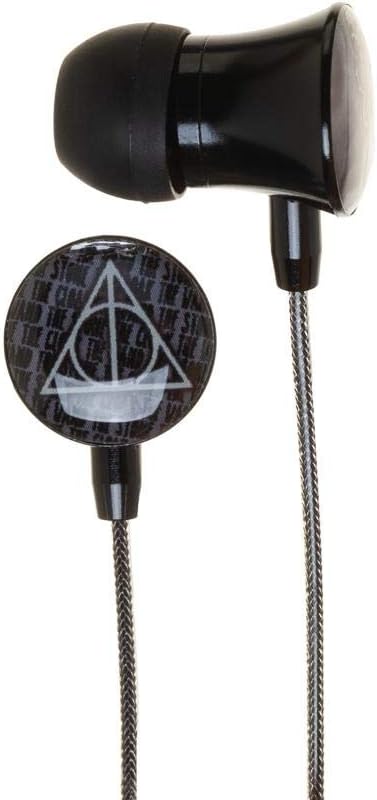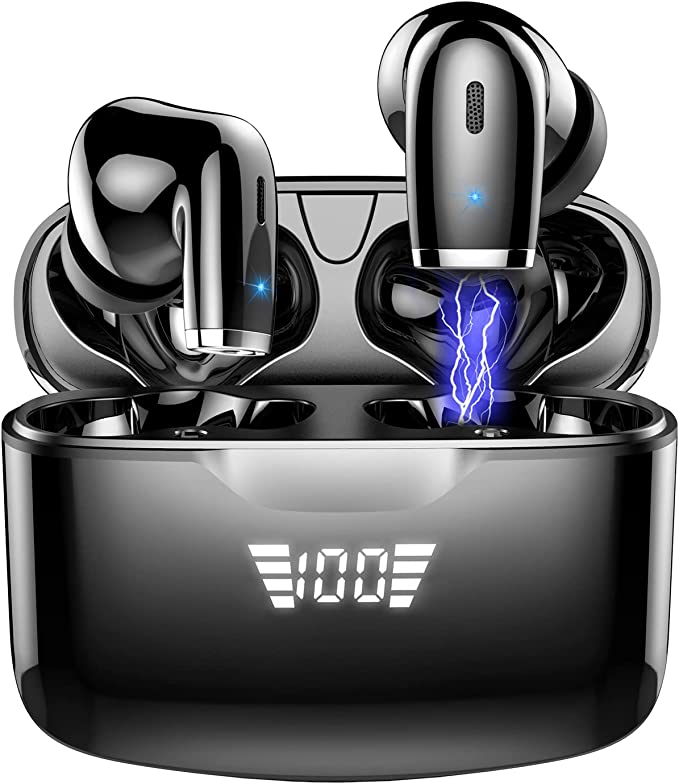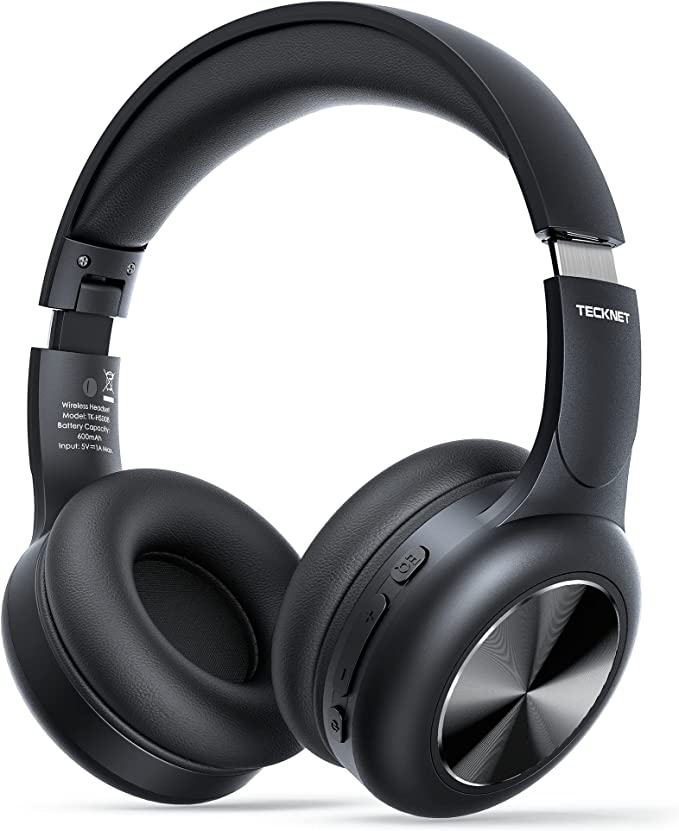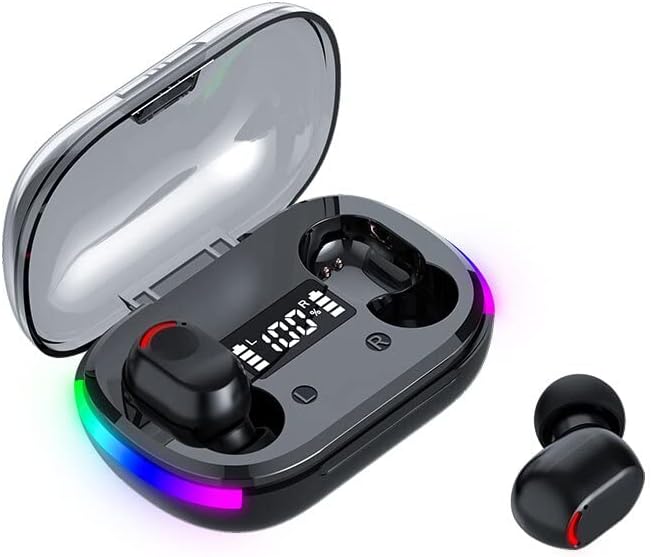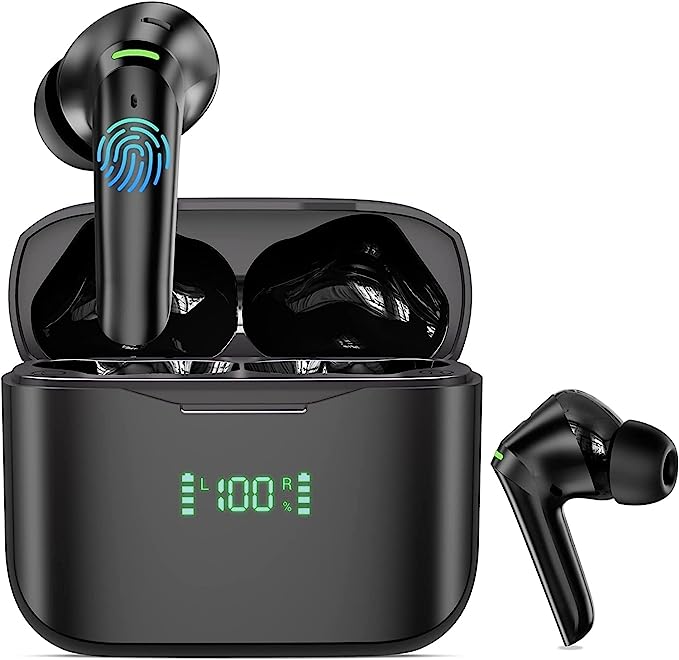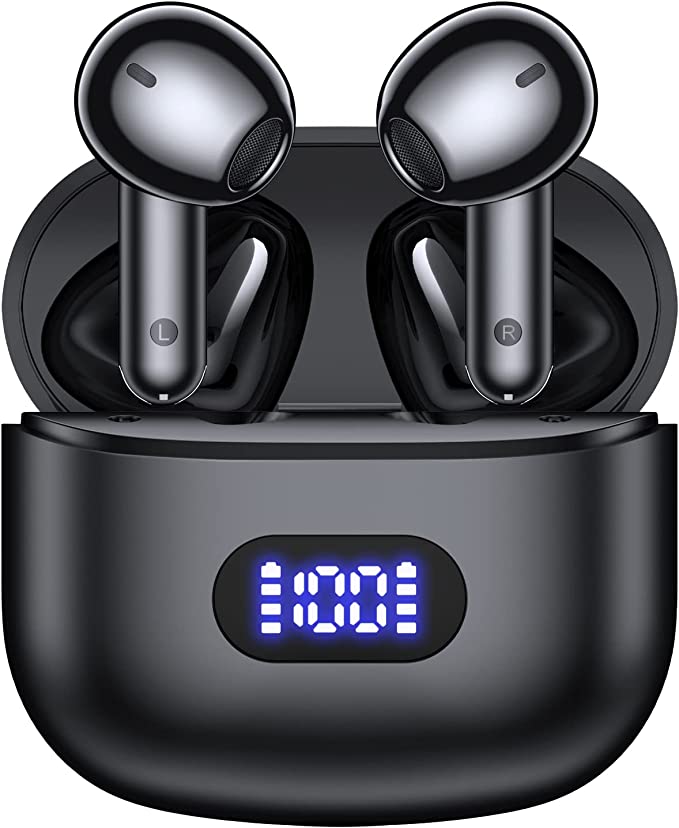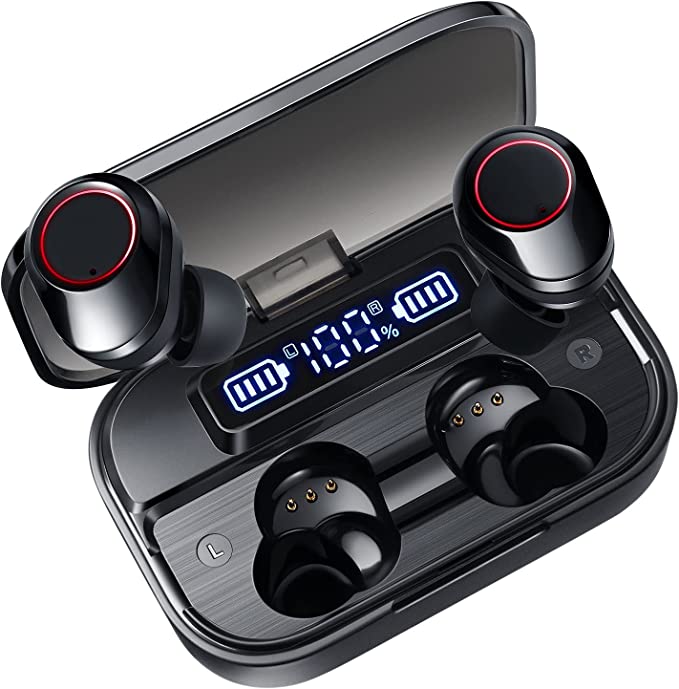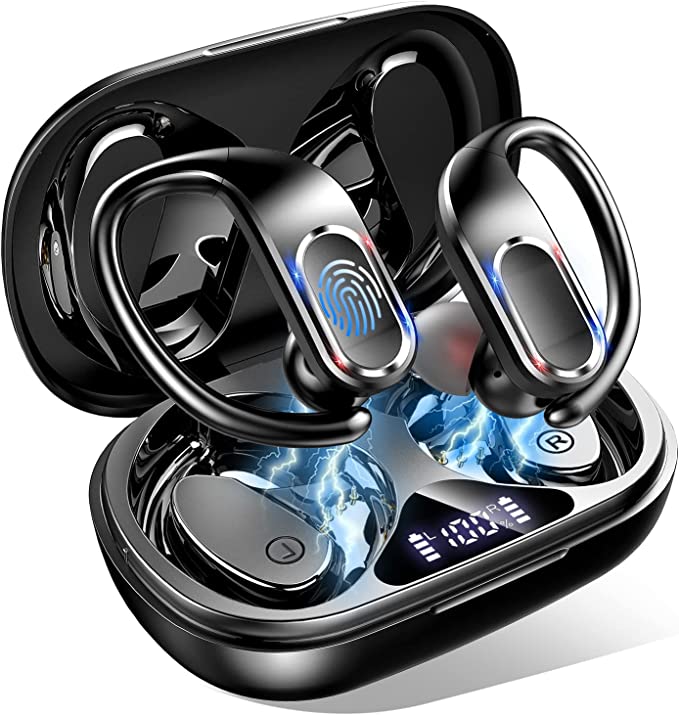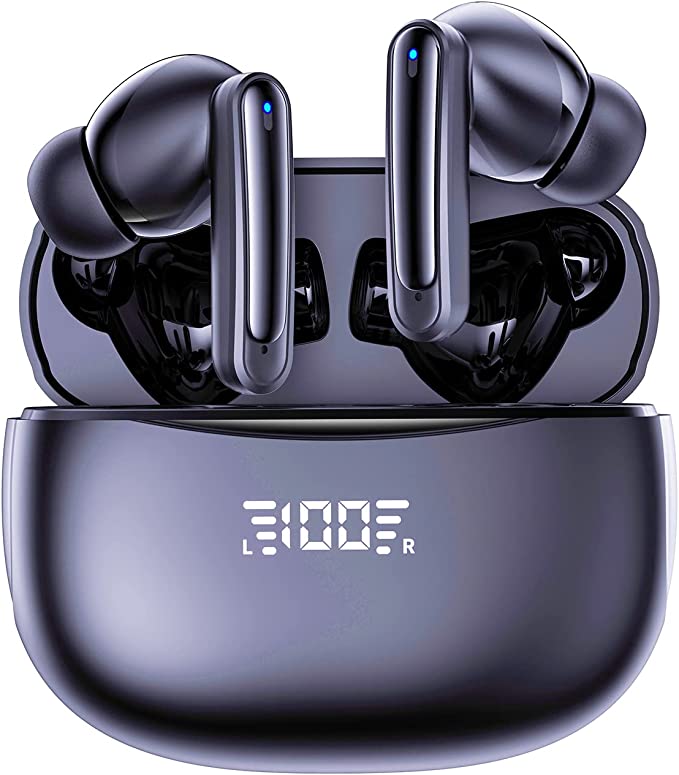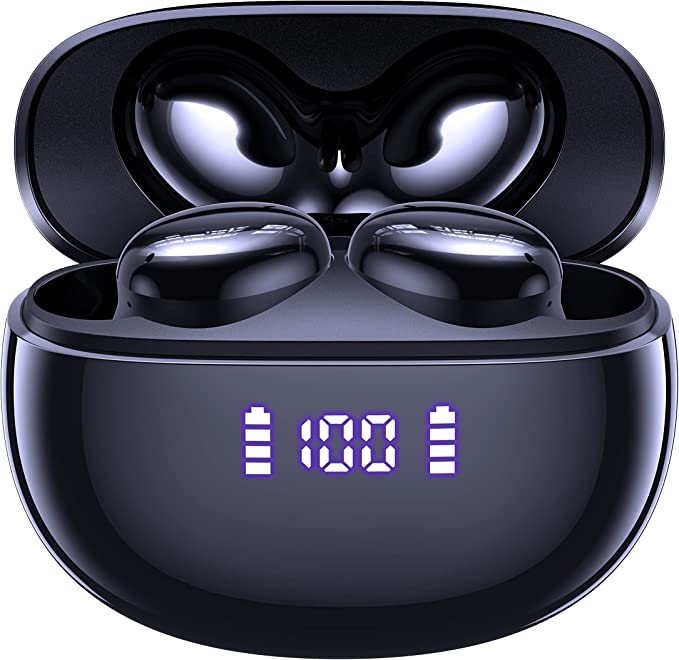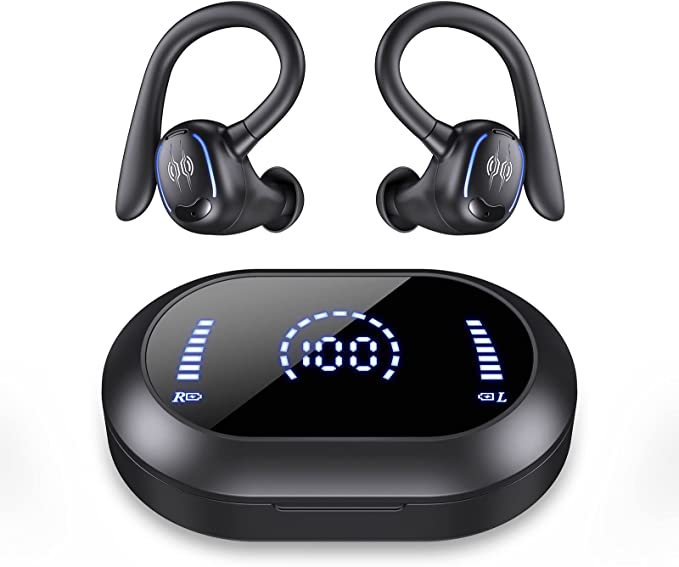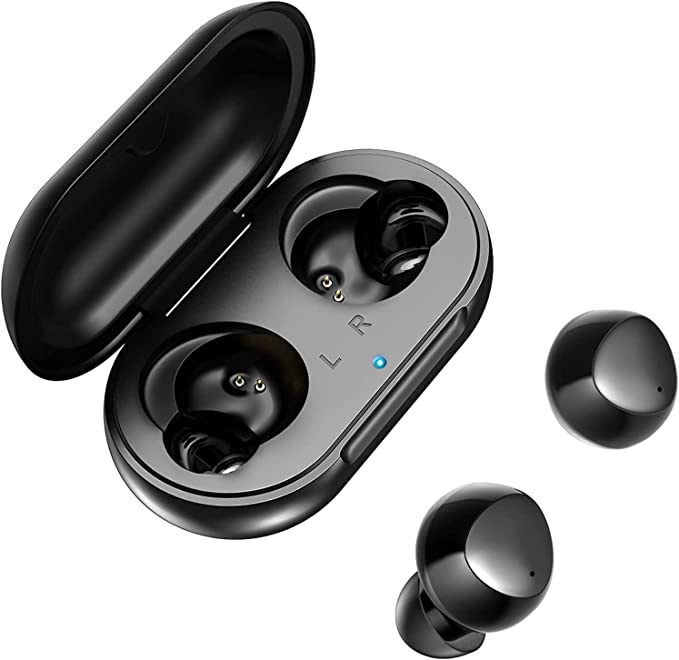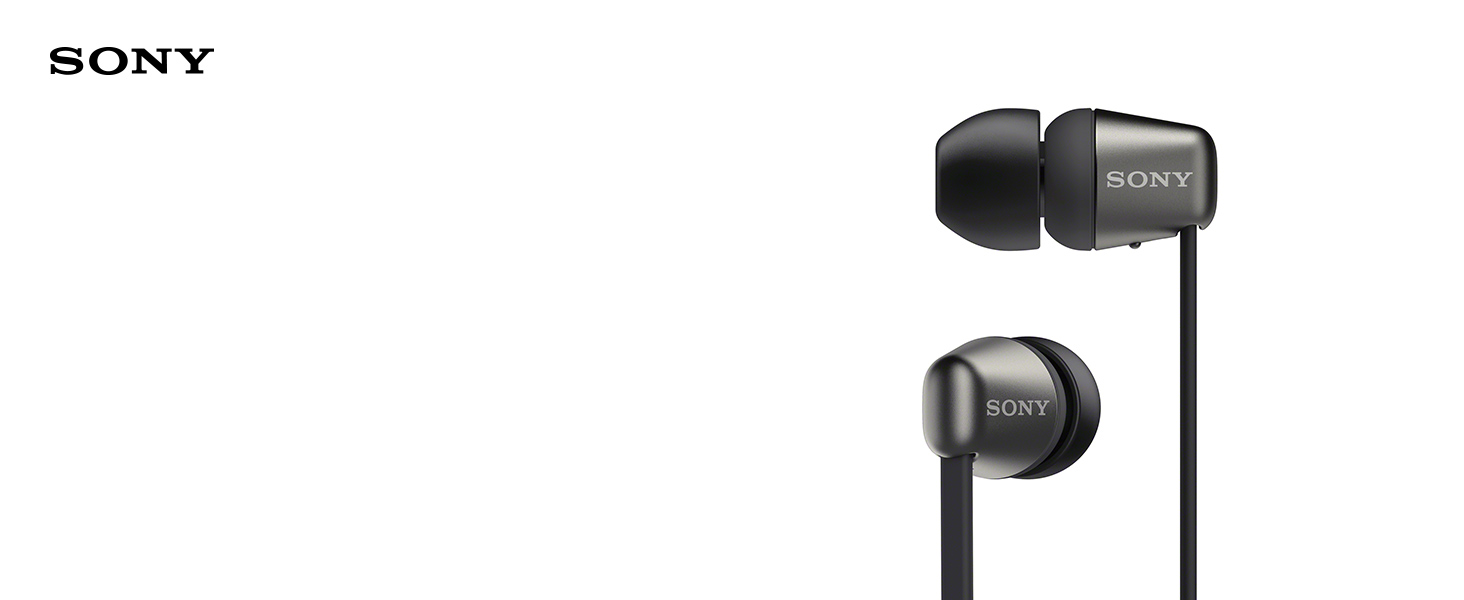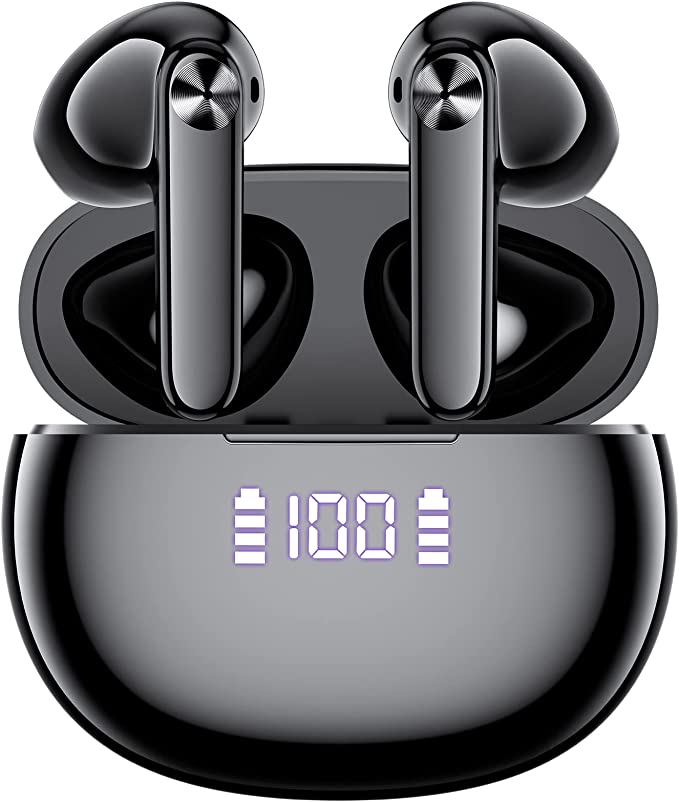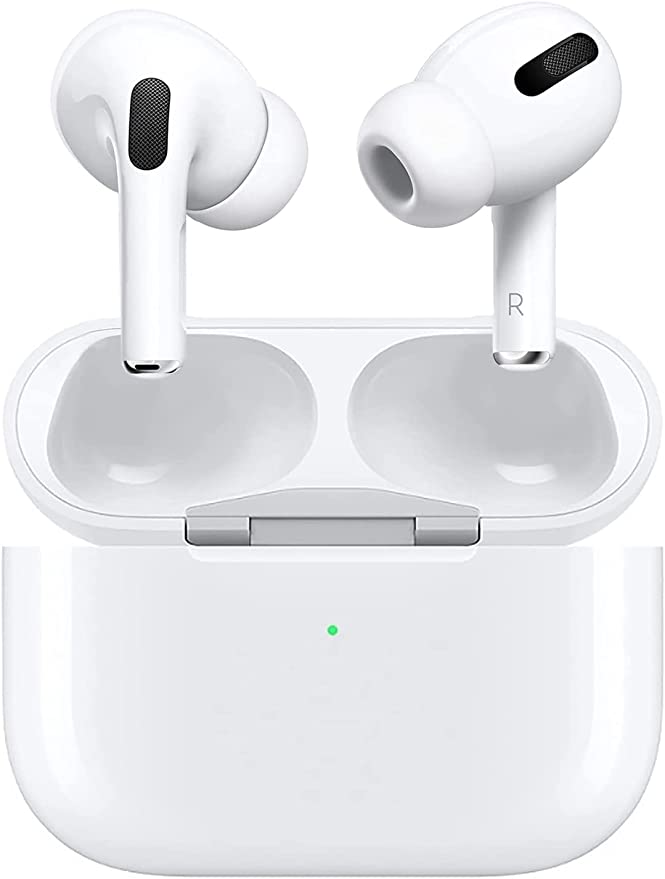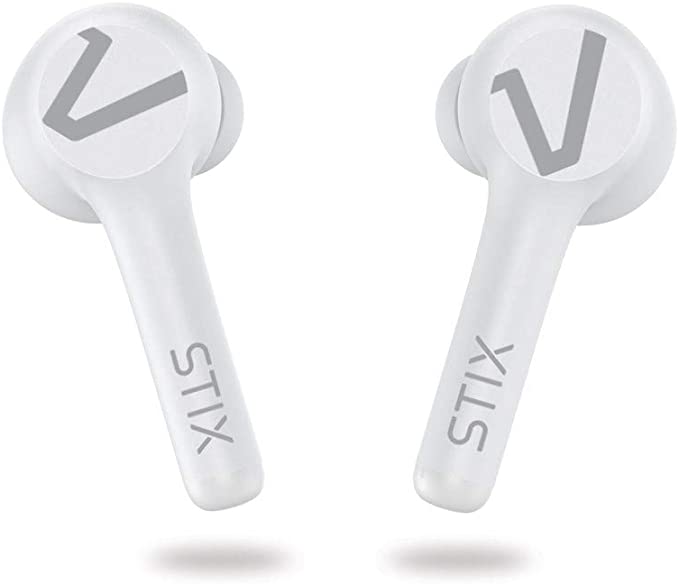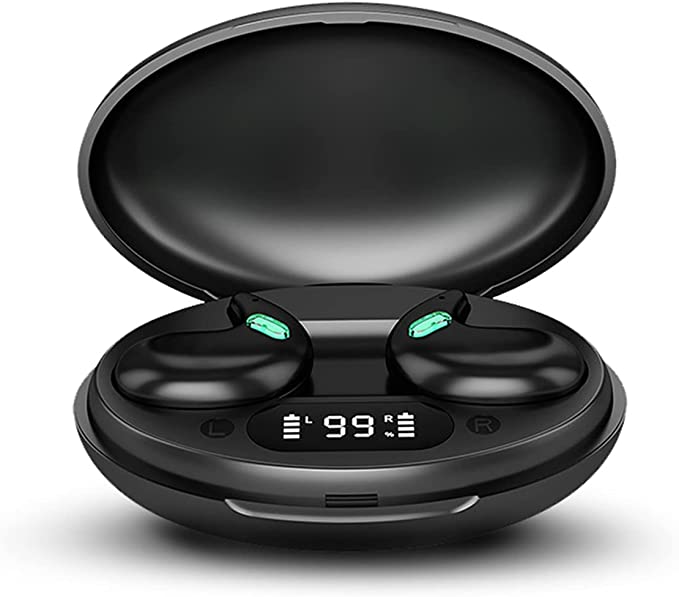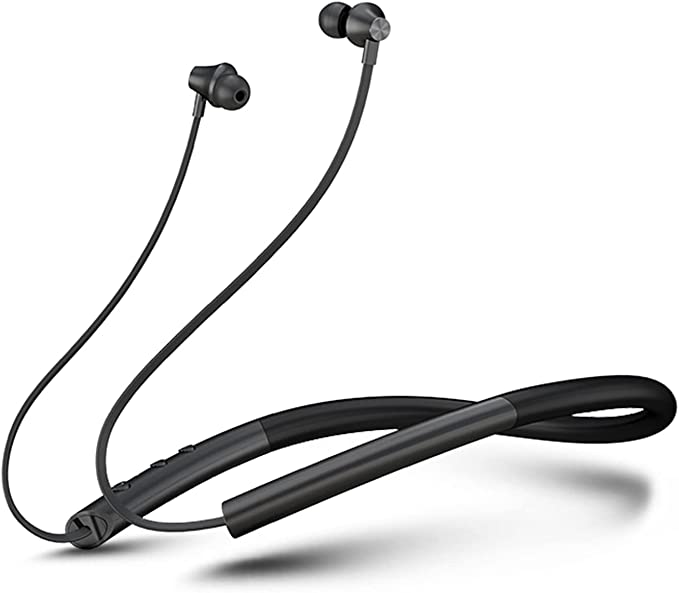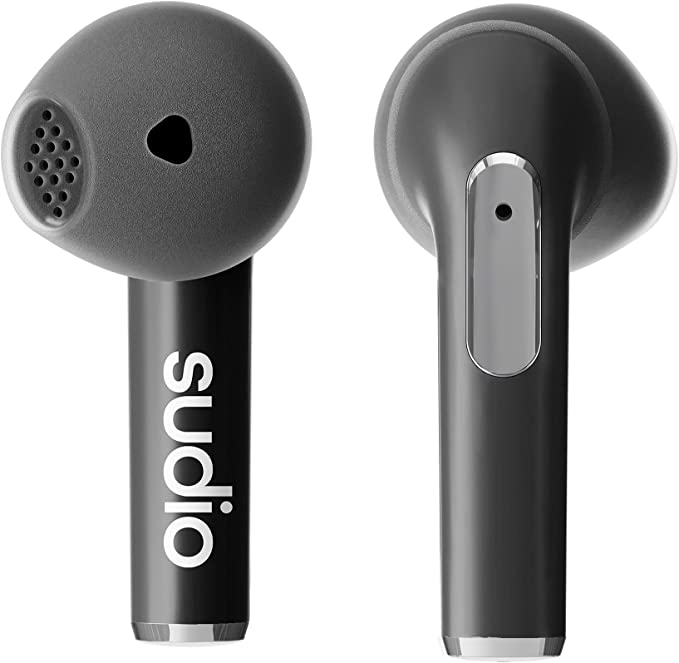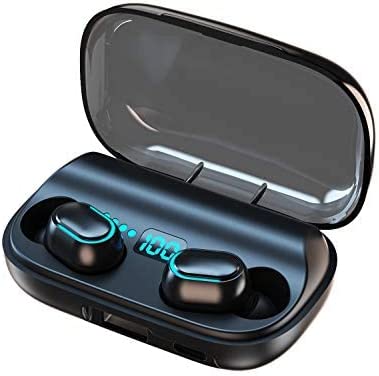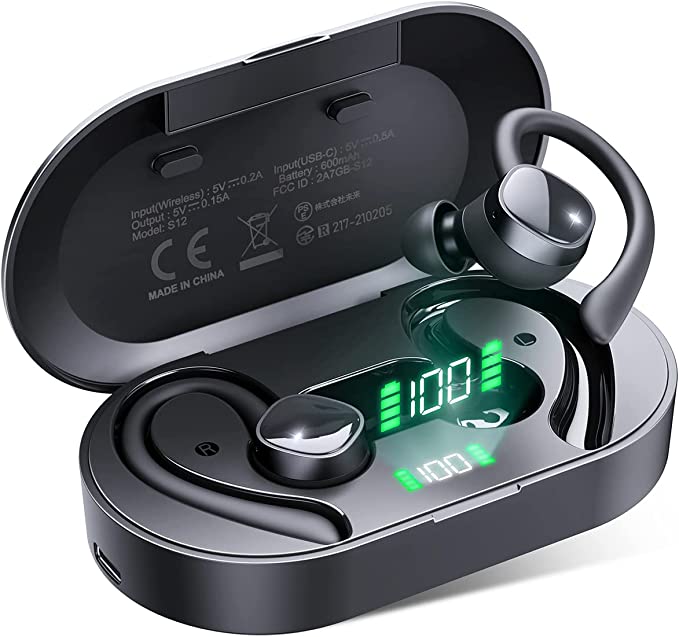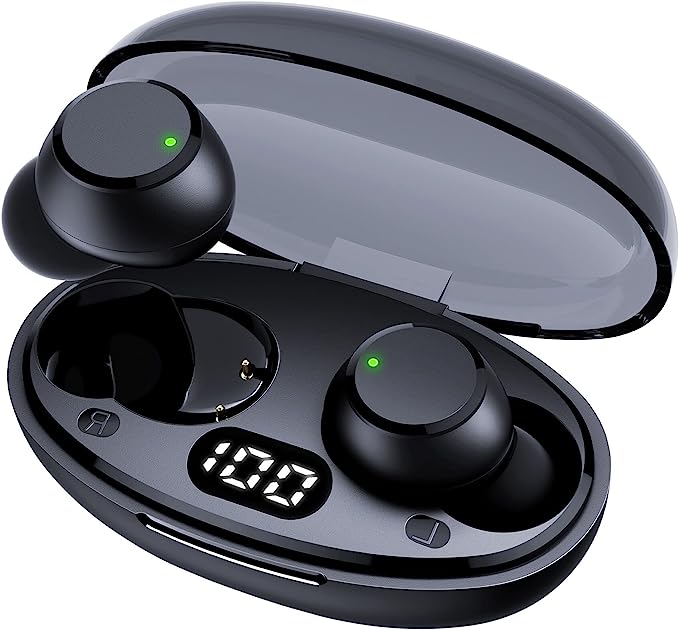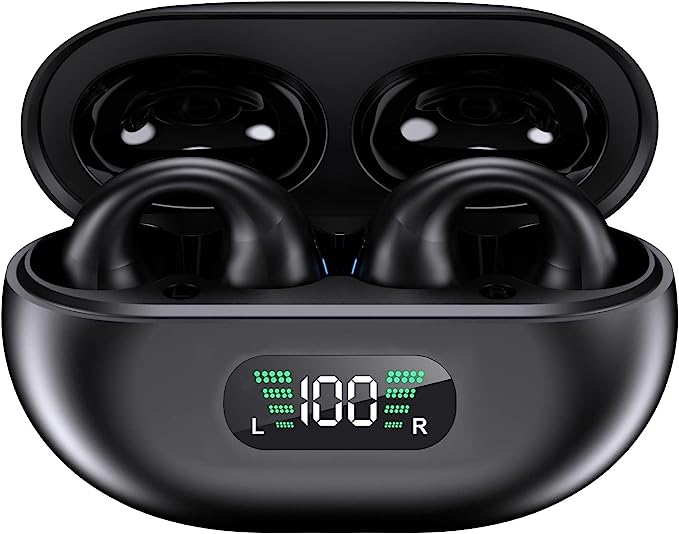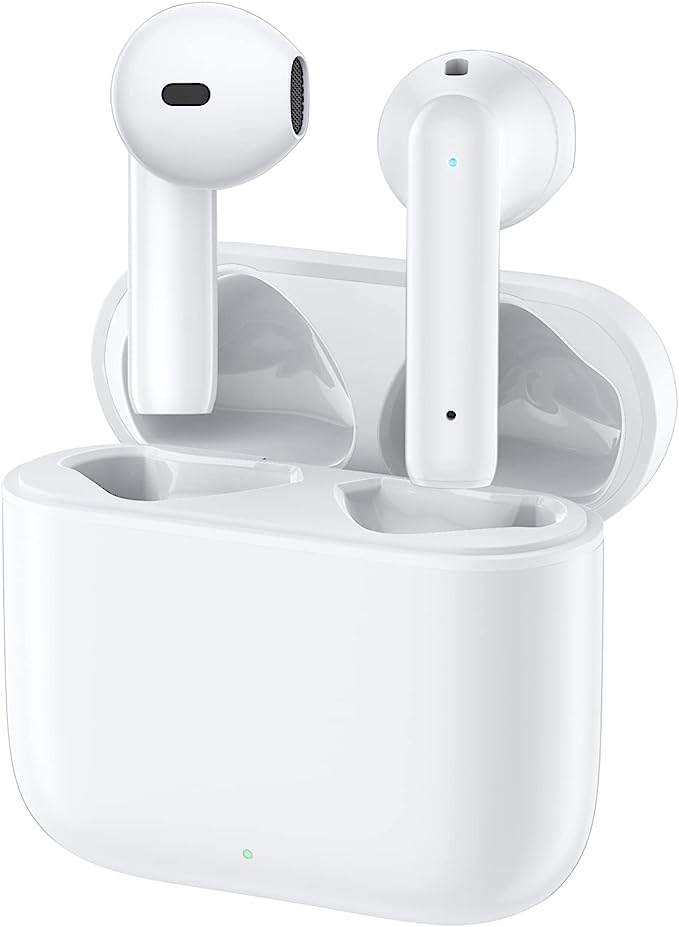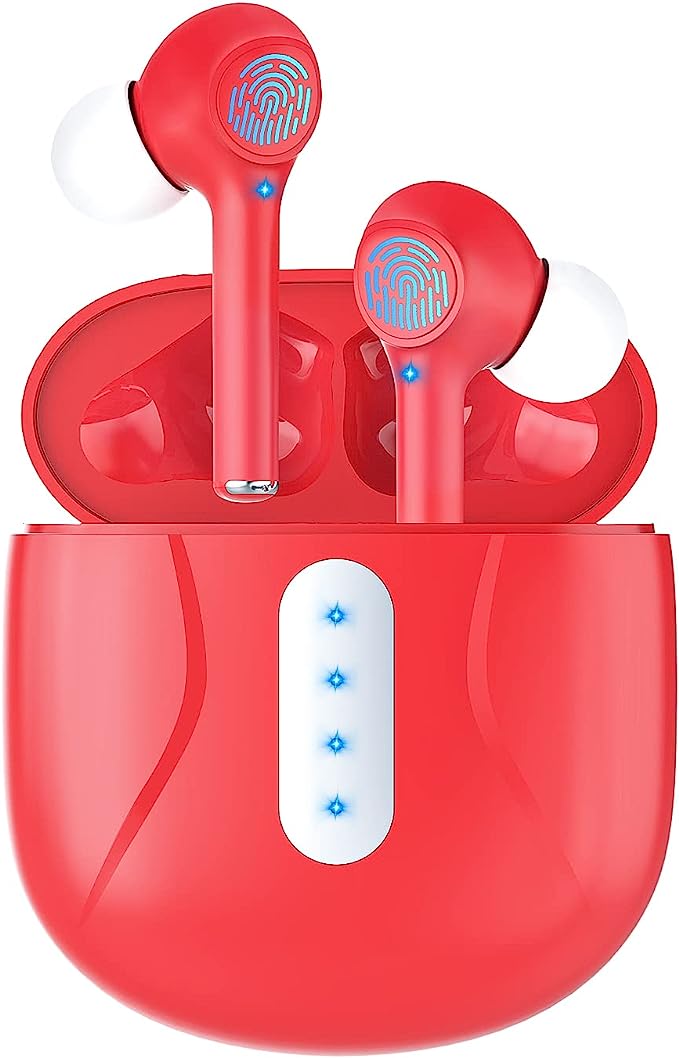Decoding Wireless Freedom: Understanding the Tech Behind Aictoe Earbuds
Update on Feb. 17, 2025, 9:39 a.m.
The world has gone wireless, and our ears are no exception. From bulky headphones to tiny, almost invisible earbuds, the evolution of personal audio has been remarkable. The Aictoe In Ear Wireless Earbuds represent a significant step in this evolution, offering a blend of convenience, comfort, and technology. But what makes these earbuds, and others like them, tick? Let’s explore the science behind the features.

The Wireless Revolution: A Quick History Lesson
Before we dive into the specifics of the Aictoe earbuds, let’s take a quick trip down memory lane. Remember those tangled headphone cords? They were a constant source of frustration. The first Bluetooth headsets, appearing in the early 2000s, were bulky and primarily used for phone calls. They were a far cry from the sleek, truly wireless earbuds we enjoy today. The development of smaller, more efficient Bluetooth chips, coupled with advancements in battery technology, paved the way for the truly wireless revolution. Now, we can enjoy music, podcasts, and calls without being tethered to our devices.

Bluetooth 5.0: The Unsung Hero of Wireless Audio
At the heart of the Aictoe earbuds’ wireless functionality lies Bluetooth 5.0. This isn’t just a number; it represents a significant leap forward in wireless communication. Think of Bluetooth as a language that electronic devices use to “talk” to each other. Bluetooth 5.0 is like a more refined, efficient version of that language.
Here’s what makes Bluetooth 5.0 so important for wireless earbuds:
- Stability: Imagine trying to have a conversation in a crowded room where everyone is talking at once. Older Bluetooth versions sometimes struggled with similar interference, leading to dropped connections and frustrating audio cutouts. Bluetooth 5.0 is much better at filtering out that interference, providing a more stable and reliable connection. This is thanks to improvements in how it transmits data, using techniques that minimize the impact of other nearby wireless signals.
- Speed: While audio streaming doesn’t require the same massive bandwidth as, say, downloading a large video file, speed still matters. Bluetooth 5.0 offers faster data transfer rates than its predecessors. This translates to quicker pairing (the process of connecting your earbuds to your device) and a more responsive connection overall. Less waiting, more listening.
- Power Efficiency: This is arguably the most crucial advantage for wireless earbuds. Because they rely on tiny batteries, every bit of energy efficiency counts. Bluetooth 5.0 is designed to consume less power than previous versions, allowing for longer listening times on a single charge. This is achieved through optimized data transmission protocols and more efficient power management.
- Range: Bluetooth 5.0’s range can extend farther, up to 40 feet with the Aictoe.

Staying Dry: Understanding IPX5 Water Resistance
The Aictoe earbuds boast an IPX5 water resistance rating. But what does that actually mean? The “IP” stands for “Ingress Protection,” and the “X” indicates that the device hasn’t been formally tested for dust protection (which is common for earbuds). The “5” is the key – it refers to the level of protection against water.
The IPX scale ranges from 0 (no protection) to 9 (protection against high-pressure, high-temperature water jets). Here’s a simplified breakdown:
- IPX0: No protection.
- IPX1-4: Protected against dripping or splashing water from various angles. Think of light rain or accidental spills.
- IPX5: Protected against water jets. This means the earbuds can withstand a sustained, low-pressure water jet spray from any direction. Think sweat during a workout, or getting caught in a downpour.
- IPX6: Protected against powerful water jets. More robust than IPX5.
- IPX7-8: Protected against immersion in water. These ratings are typically for devices that can be submerged for a specified time and depth.
So, with an IPX5 rating, the Aictoe earbuds are well-equipped to handle sweat, rain, and splashes. However, it’s crucial to remember that they are not designed for swimming or submersion. Think of them as workout and weather-ready, but not pool-ready.
The Comfort Factor: Ergonomics and In-Ear Design
Comfort is paramount when it comes to earbuds. After all, what good is great sound if you can’t stand wearing them for more than a few minutes? The Aictoe earbuds address this with a 35-degree tilted in-ear design. This seemingly small detail has a significant impact on comfort and fit.
Many traditional earbuds insert directly into the ear canal, creating a feeling of pressure and potentially causing discomfort over time. The angled design of the Aictoe earbuds allows them to sit more naturally within the contours of the ear, distributing pressure more evenly. This is based on principles of ergonomics, the science of designing products to fit the human body comfortably and efficiently.
The shape of the human ear is complex, and a one-size-fits-all approach rarely works for earbuds. The angled design, combined with the lightweight construction of the Aictoe earbuds, aims to provide a secure and comfortable fit for a wider range of ear shapes and sizes. It’s also intended to minimize the chances of them falling out, even during movement.

Powering Your Sound: Battery Life and Charging Technology
Wireless earbuds are entirely dependent on batteries, and battery life is a major consideration for users. The Aictoe earbuds tackle this challenge with a two-pronged approach: efficient earbuds and a charging case.
The earbuds themselves offer a respectable 5-6 hours of playtime on a single charge. This is achieved through a combination of the energy-efficient Bluetooth 5.0 technology and the 100mAh lithium-ion batteries within each earbud.
But the real magic happens with the charging case. This compact case houses a 1000mAh battery, capable of providing multiple additional charges to the earbuds, extending the total listening time to around 30 hours. The case itself acts as a portable power bank for the earbuds.
Let’s break down the basics of lithium-ion battery technology, which powers both the earbuds and the case:
- Rechargeable: Lithium-ion batteries can be repeatedly charged and discharged, making them ideal for portable devices.
- High Energy Density: They can store a relatively large amount of energy for their size and weight, which is crucial for small devices like earbuds.
- Relatively Low Self-Discharge: They hold their charge reasonably well when not in use.
The charging case typically uses a USB connection to recharge, providing a convenient way to keep your earbuds powered up on the go.
Touch and Go: The Convenience of Capacitive Controls
Instead of fiddly buttons, the Aictoe earbuds feature touch controls. This allows you to manage your music and calls with simple taps and holds on the surface of the earbuds. This is achieved through capacitive touch sensing.

Capacitive touch sensors work by detecting changes in capacitance, which is the ability of a material to store an electrical charge. Your body naturally has capacitance. When you touch the surface of the earbud, you change the capacitance of the sensor. The earbud’s internal circuitry detects this change and interprets it as a command (e.g., play, pause, skip track).
The advantage of capacitive touch controls is that they require no moving parts, making them more durable and less prone to wear and tear than physical buttons. They also allow for a sleeker, more streamlined design. However, as some user feedback suggests, touch controls can sometimes be overly sensitive or require a precise touch to register correctly.

Sound Quality Considerations
While the provided information doesn’t offer detailed specifications about the audio drivers (the components that actually produce sound) or the supported audio codecs (the methods used to compress and decompress audio data), it’s safe to say that the Aictoe earbuds aim for a balanced sound profile suitable for everyday listening. The in-ear design provides some passive noise isolation, which helps to block out external sounds and improve the clarity of your audio.
It’s important to acknowledge that without specific information on the frequency response (the range of sounds the earbuds can reproduce) and the supported codecs (like AAC or aptX, which offer higher fidelity than the standard SBC codec), it’s difficult to make definitive statements about the sound quality. However, the combination of Bluetooth 5.0 and a comfortable in-ear design suggests a generally pleasant listening experience for casual use. For critical audiophile listening, more specialized (and likely more expensive) headphones would be a better choice.
The focus, instead, is on providing a blend of acceptable quality with the other key features.


